Omori Brings In New Content, but Does It Answer Players’ Questions?
Omori released on consoles featuring additional content, but does it shed further light on the game's lore?
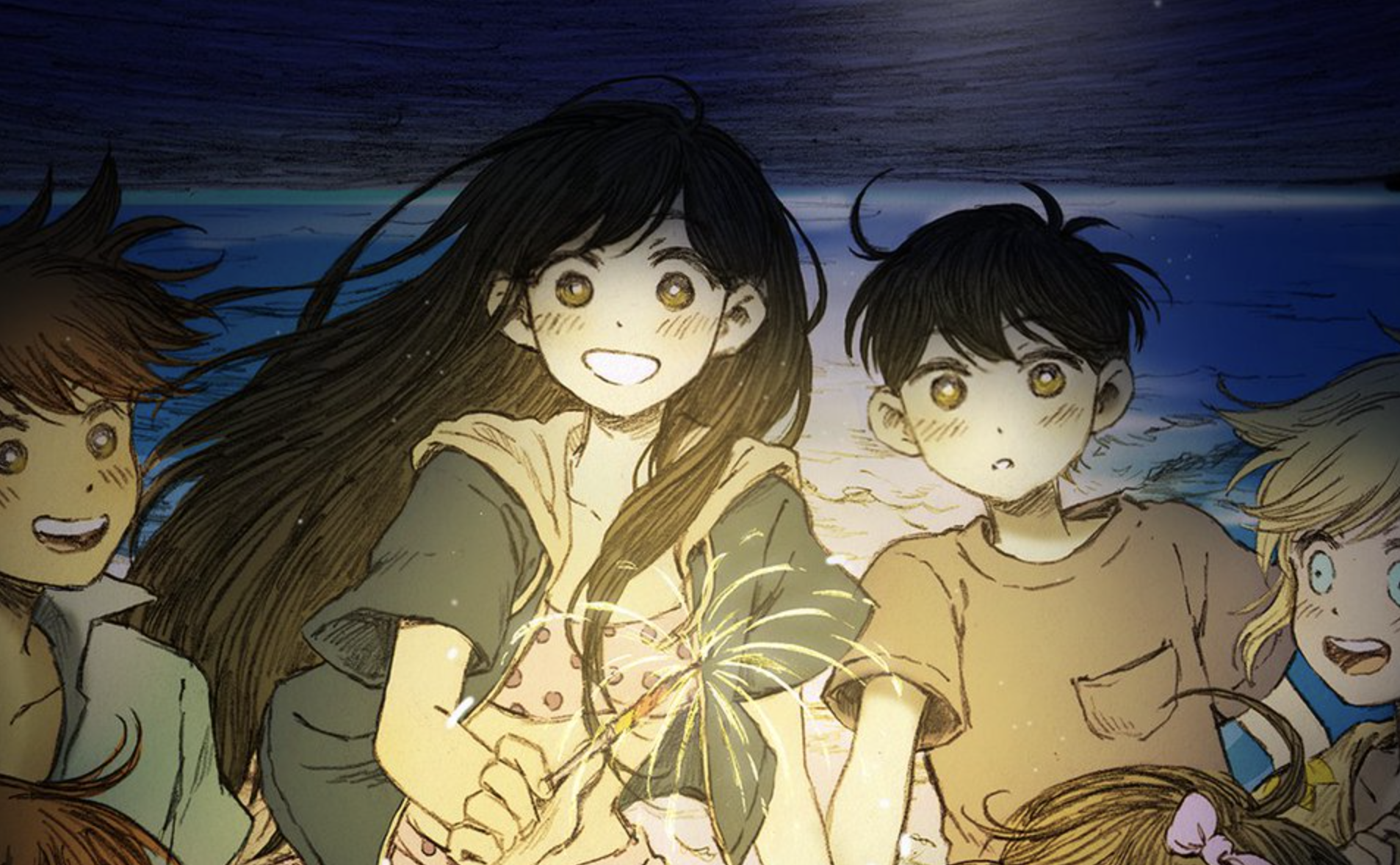
Omori released on the Nintendo Switch, the PS4, and additional consoles featuring new content and music on June 17th. Players will find more boss battles on the Hikikomori route and extra Easter eggs.
When this news came out, I admit I was excited. Omori became one of those accidental obsessions over the past year. The gameplay may be overly long for the story, but the plot itself knows how to pace its revelations. New content could only add to the story, and perhaps some of the ongoing mysteries. So does the update add to the hype after the game premiered?
The answer, sadly, is no. While the extra content lends some cool boss fights and animations in the alternate Hikikomori Route (including a Boss Rush room where you can fight your friends in playful sparring, and involve NPC Basil as one of your fighters), I found deeper questions that the game provided in the Main Route remained unanswered. I hope that changes as streamers navigate through twenty hours’ worth of gameplay. Surely there has to be something that provides a sense of closure.

Omori is a horror RPG that seems to start with magic, before grounding us in the real world. It follows a boy named Sunny, who lives in his dream world as an alternate hero named Omori. His friends in the real world have long grown past their perceived ages, their younger forms living in a dream world, Headspace. They’ve also grown apart, thanks to a great tragedy that hit them. You can either investigate this tragedy or retreat from it.
I’ve talked about Omori’s allure in previous articles. Namely, about how the story uses the art of the sidequest to enrich the overall plot, and how greater questions posed in the game can inspire a person to dive deeper into the established lore. One may even dig up digital copies of the original webcomic, mere pages long, that led to the 26-hour video game. The story also has some honest discussions about mental health, and how you can’t ‘cure’ anxiety, guilt or trauma with a simple boss battle.
The big twist in Omori is that Sunny accidentally killed his sister Mari in a fit of anger. After Mari stopped moving, Sunny tried to wake her up. His friend Basil staged the manslaughter as a suicide after finding Sunny desperately tucking Mari into bed, thinking she just needed rest. They’ve both lived with the guilt for years on end, and Sunny retreated into himself, wanting to be a hero rather than a villain. Yet by not facing the truth, Sunny has wracked damage to his mental health, and inadvertently broke up his friend group.
Below are some questions that players like myself still have after finding the truth behind this tragedy.

Who Found Mari's Body?
Game canon confirms that the friend group believed Mari died by suicide. According to the photos, however, Mari’s faked suicide was suspicious. Even though she had taken off her shoes before hanging herself ostensibly, her stockings were clean. Logically, they should appear stained from the dirt and grass in the yard. Her shirt also had bloodstains on it, from where Sunny picked her up and tucked her into bed.
We also know that Sunny’s parents were not home when this took place. If they were, they likely would have broken up their children’s argument. The friend group was nowhere near: they were at the concert hall, waiting for Sunny and Mari. Sunny and Basil would need to be far enough for plausible deniability, and Basil knew this. It was his idea to string up Mari’s body.
If Sunny and Basil walked away, and the photos confirm they did, neither of them was in the vicinity. That means that there are two possibilities for who found Mari: her and Sunny’s parents, or the neighbors. The neighbors haven’t talked to Sunny in years, so it is entirely possible that they found her body.
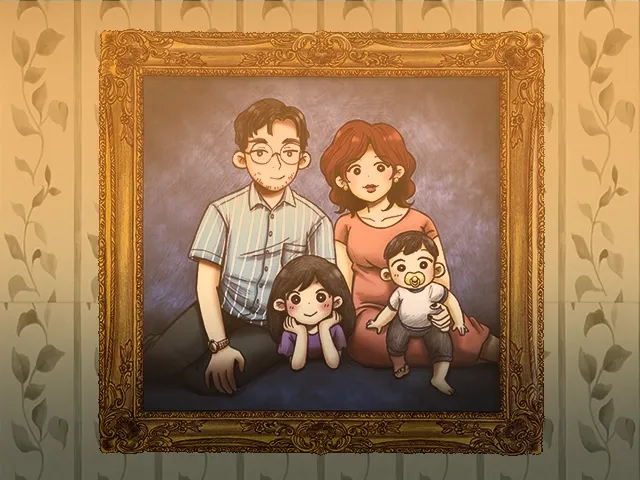
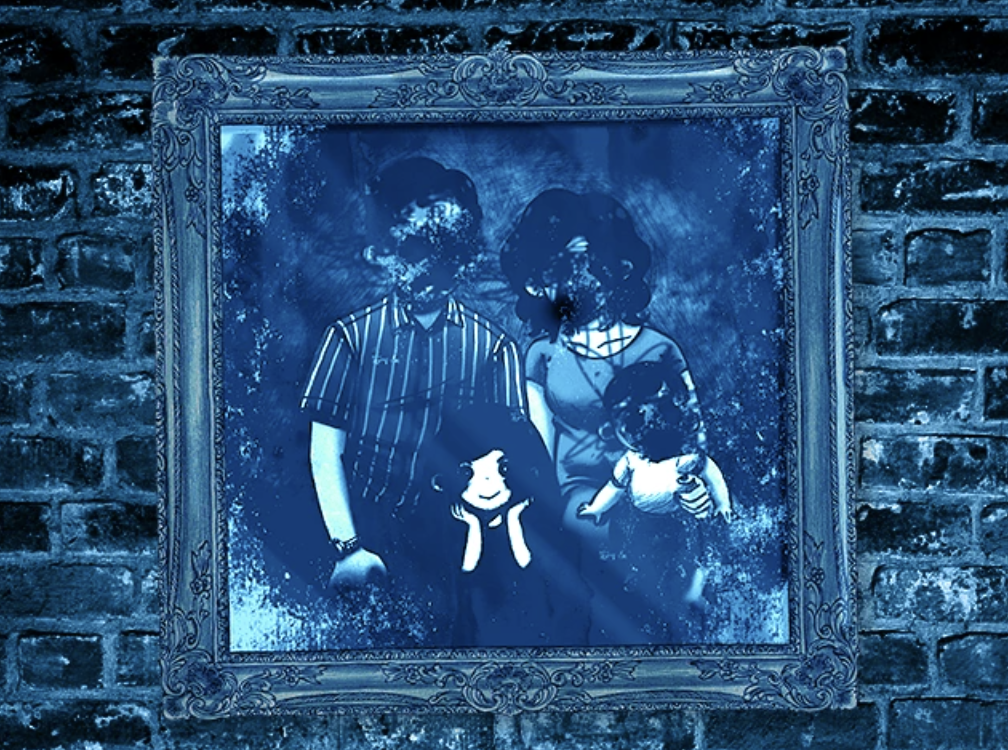
Source: Omori Wiki.
Did Sunny's Parents Know What He Did?
The game is unclear about if Sunny’s parents realized Mari didn’t die by suicide. Sunny has blocked out the time before the accident and during the four-year interim. We only know that his father left after Mari died, and his mother said that she lost her only daughter, and could not lose her only son. Sunny also has images in Blackspace and in the good ending about Mari lying in a coffin or a bed of white lilies. He remembers attending her funeral.
They would have known if they had seen Sunny’s fingerprints on her dress, or if they had agreed to an autopsy. An autopsy would have revealed the head trauma that killed Mari, not a snapped neck from a noose. Some states mandate it for suspicious deaths, but religious families can get an exemption. YouTubers have pointed out that while it’s not confirmed one way or the other, Sunny’s parents covering up the crime, but becoming estranged from Sunny is entirely possible. Not helping is the implication that Sunny became catatonic for years on end, only awakening at the beginning of the game. He wouldn’t have been able to tell his side of the story.
Blackspace II has a scene where Omori sees Sunny’s father chopping down the tree and disowning Sunny. Since Omori’s view of what happened is skewed because he is Sunny’s defense mechanism, a means to hide the truth, we don’t know if this really happened. Not helping is that both versions of Blackspace are filled with unsettling images we aren’t sure if they are real or not. With the fact that his father is completely absent in the present, however, we at least know the older man wanted to run away from his trauma.

Is Headspace Potentially A Real Location?
While the Main Route seems to confirm that Headspace is just Sunny's dream world, it is a bit too consistent for a dream world. I can say that my dreams do not lead to the same place several nights in a row. They're too random and unpredictable.
Artistic license? Perhaps. Or perhaps it hints at a greater world that we cannot see from Omori and Sunny's perspective. It could set the seeds for greater lore, far beyond Sunny's story and Faraway Town. Even if we don't get a sequel or a companion in this world, we'd get a greater indication.
Some NPCs mention Omori was not the first person to come into this world. Others have come and reshaped it to their liking. Headspace is the newest model.
An NPC named Branch Coral talks about how three prominent figures loom over the others: the oldest, the wisest, and the favorite. Humphrey was the oldest, Abbi was the wisest, and the Cat was the favorite. That cat is in the Playground, you battle Humphrey, and Omori banished Abbi for an unknown reason. He deposed her and imprisoned her in the Abyss. Abbi doesn’t fit in the other recollections from the real world; there is a rhyming picture book with Humphrey, and the cat could represent the similar playground equipment in Faraway Park. We only know that she was once Omori’s imaginary friend. Yet she doesn’t seem to be a typical imaginary friend. She is a creature of the deep, talking of forgotten truths if you spare her.
If this is true, then a great trauma would allow one to enter Headspace, and reshape it to their liking. Sunny's version of Headspace shows childhood friends and nostalgia being woven into the narrative, of a time when the easiest things to fight are monsters that show up and encounter your friends. That's why it's all the more frustrating that the bonus material doesn't confirm this possibility.

The Reason For My Dissatisfaction
The updates to the Hikikomori route do not answer these questions, based on what I’ve gleaned from Let’s Play videos and fan updates. We instead find additional imagery and bosses that reward us for turning away from reality. That creative decision seems to undermine the message of the story.
For example, the boss battle with Mari seems to be more style than substance. For full context, you end up in a room called Boss Rush, where you can summon holograms of things to fight. Mari asks that you fight a hologram of her to test it out. It has great music and some psychological implications since this Mari is explicitly said to not be in danger. The creepy part is that Mari doesn’t cause damage; she heals you and resets your emotions. When you lower her health, she becomes the Mari whose body hung from the tree. After a jumpscare, we end up back in the Boss Rush reception, no one remembering what happened.
Here is the thing: an experienced player already knows that Mari’s death was short, cruel, and unfair. We also know that Sunny pushed her down the stairs and squandered the narrow window where they could have saved her. Yet the Hikikomori Route is expressly about how Sunny chooses the fantasy world, rather than face the reality that he killed his sister and hid the truth for years. Having Mari’s body appear at this juncture is rubbing it in that Sunny actively represses his guilt.
If this battle had occurred on the Main Route, I think it would have lent more credence and foreshadowing to what happened with Mari — that the truth was breaking out of Omori’s grip. Eventually, Sunny is going to find out what he did and has to face it. We get a taste before the whole horror feast comes. Putting this content on the Hikikomori Route adds to the hopelessness that you can’t save Sunny on this route, or make him face reality, because of an earlier choice that you made. It sucks.
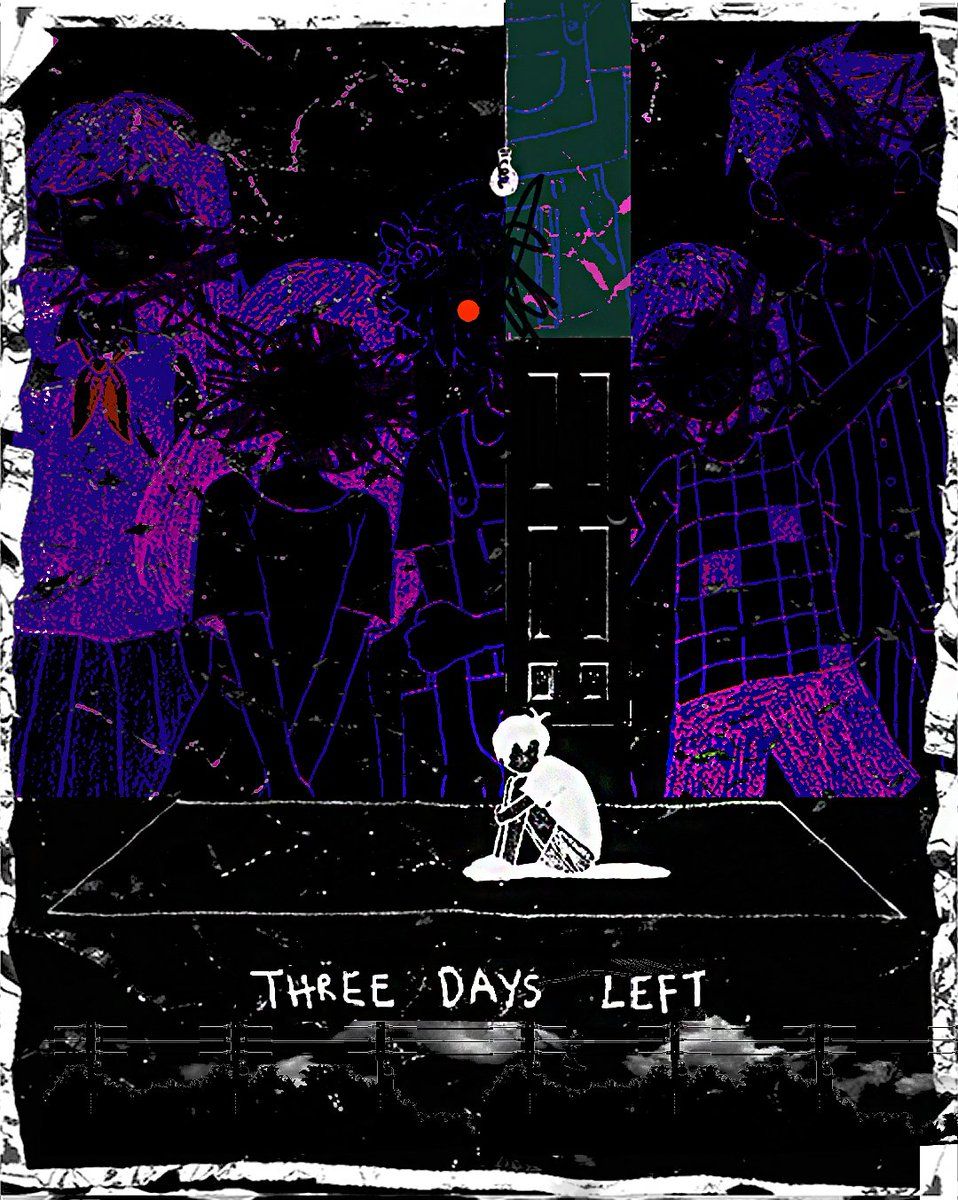
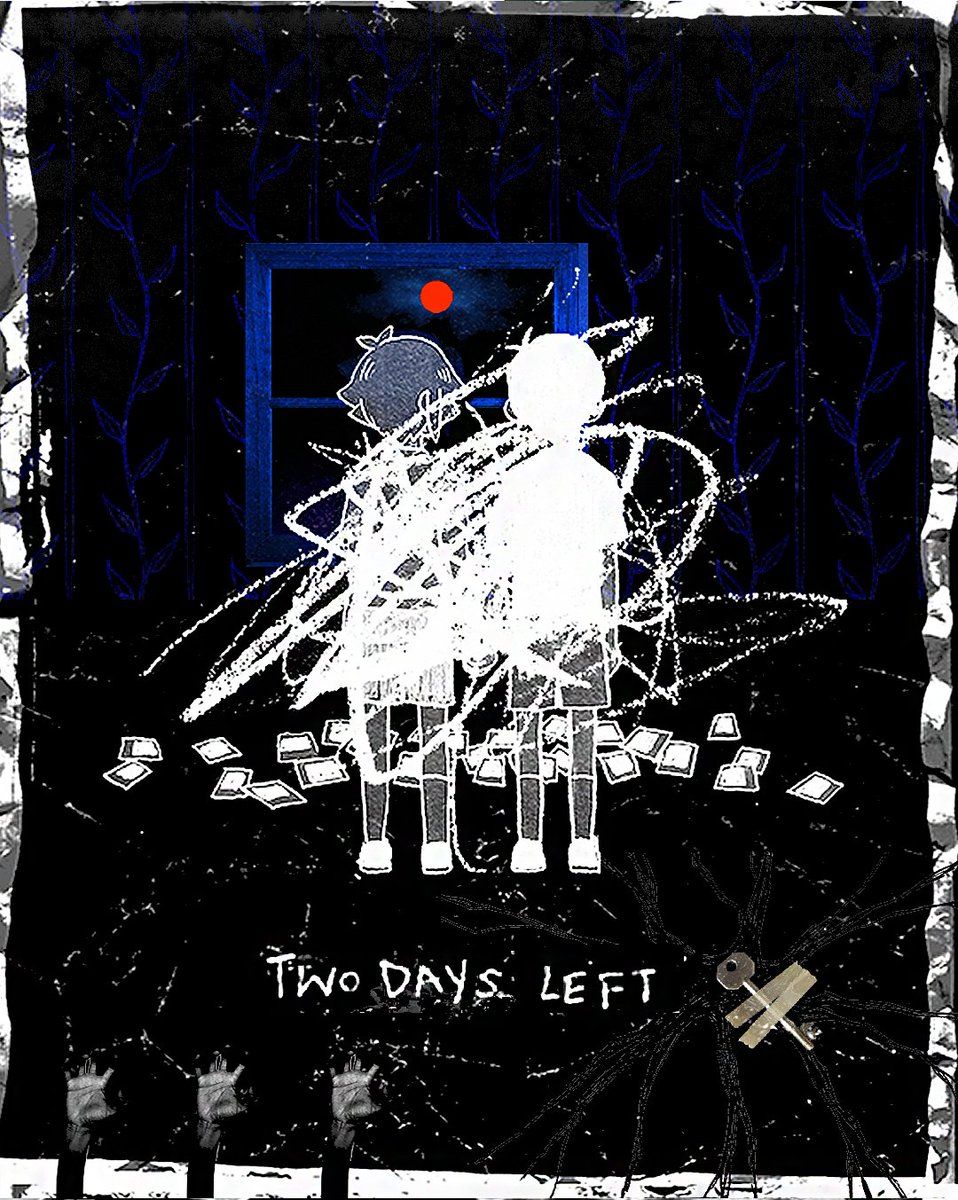
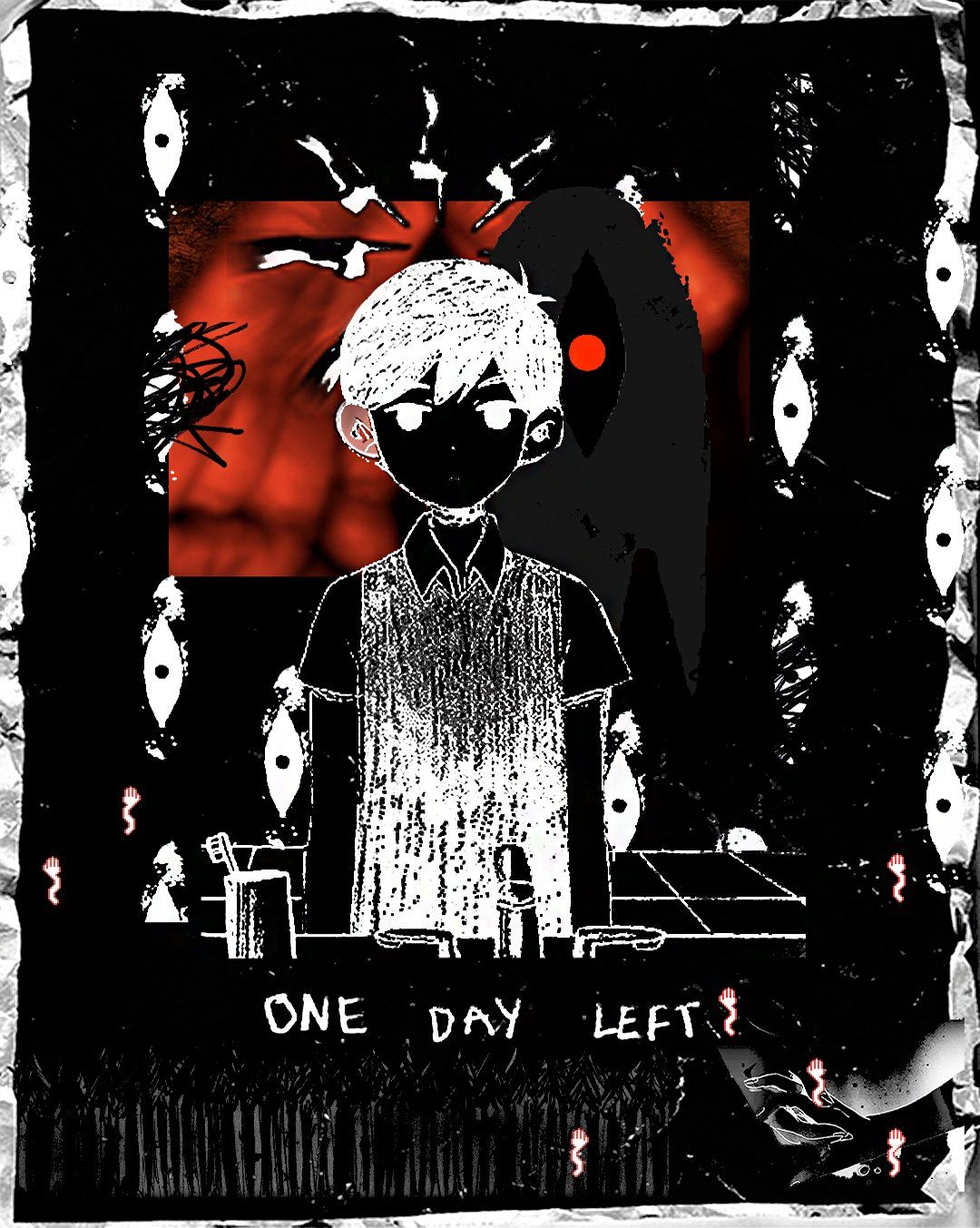
Promotional art prior to recent release. Source: Twitter.
With That Said...
I am glad that Omori exists. It’s a game that was clearly a labor of love. Omocat took the time to ensure that people had a fulfilling, if disturbing, experience and freed the player to make their choices. I would have loved to read a graphic novel version of Omori, as a graphic novel nerd, but I understand why the video game was chosen as the alternate option. A graphic novel, however, could show part of the story and fill in any gaps as needed.
As exciting as this new release of Omori is, the bonus content wasn’t for me. I’m a lore person who wants to know more about the game’s universe and history. I want to know if the world of Headspace extends beyond Sunny’s head, as well as who was aware of the true circumstances of Mari’s death.
The story is out there, with little pieces that could add to the whole. There is no shame in liking Mari’s boss battle music or Basil getting a more active role. It is beautiful art and music, reminding one of happier times for Sunny.